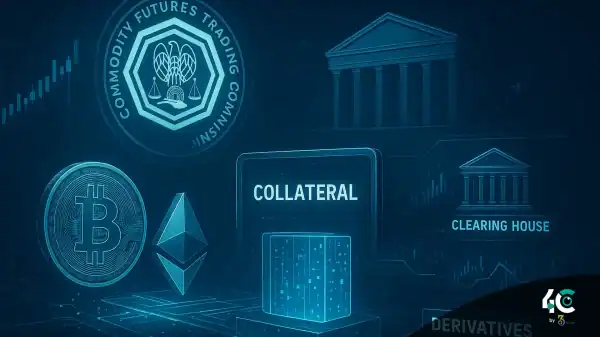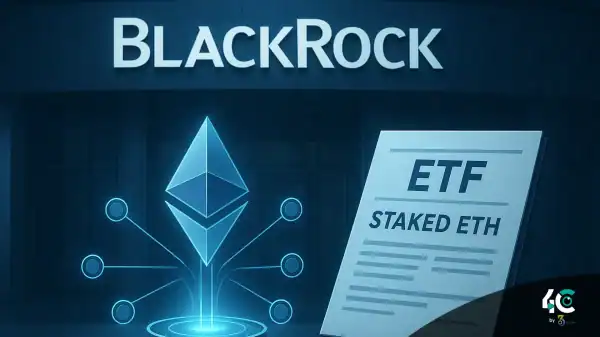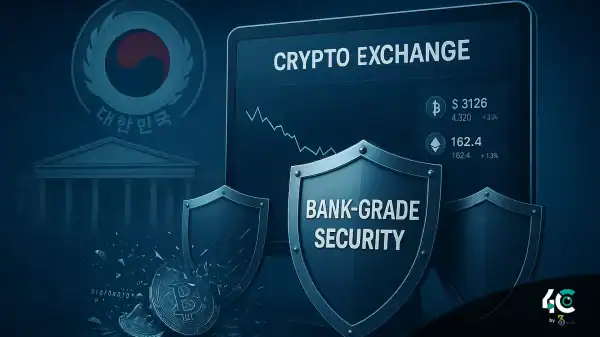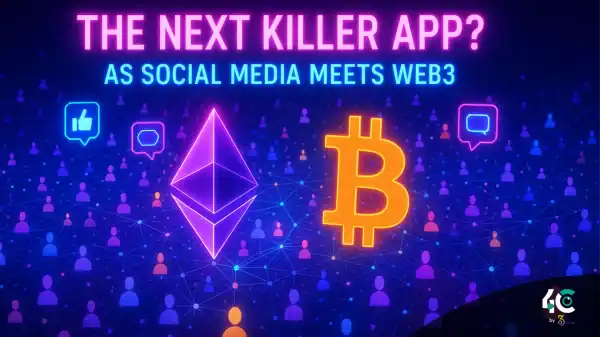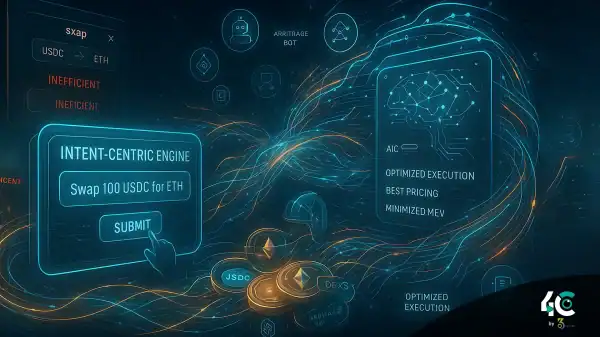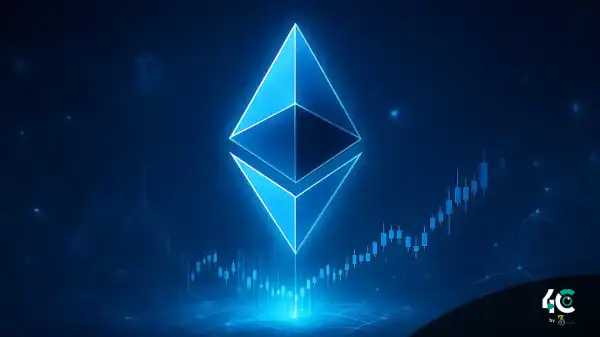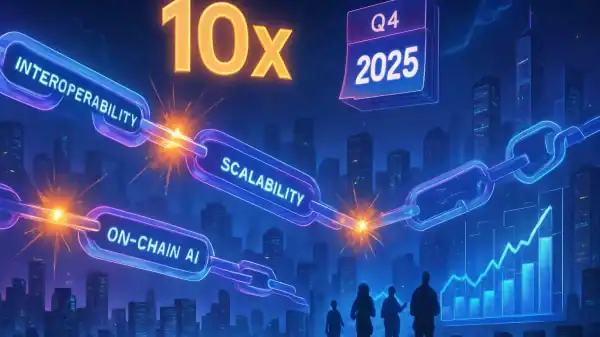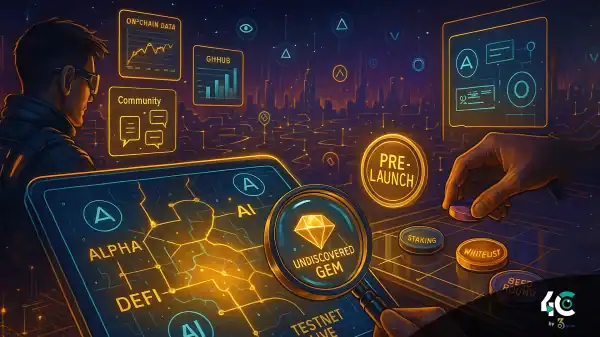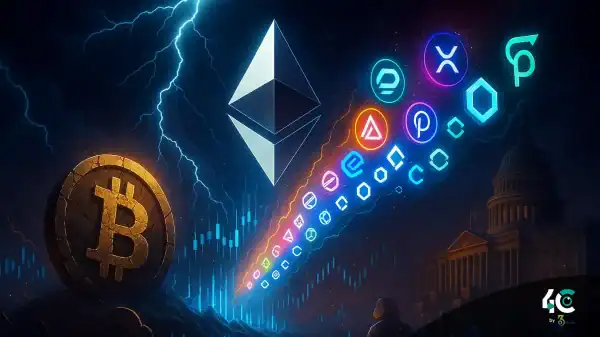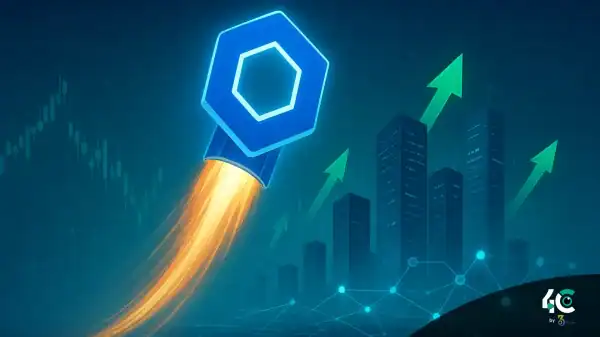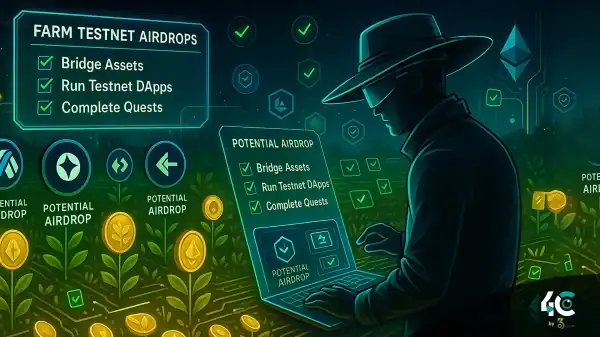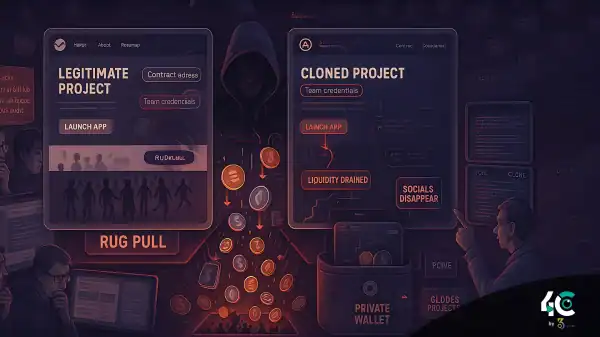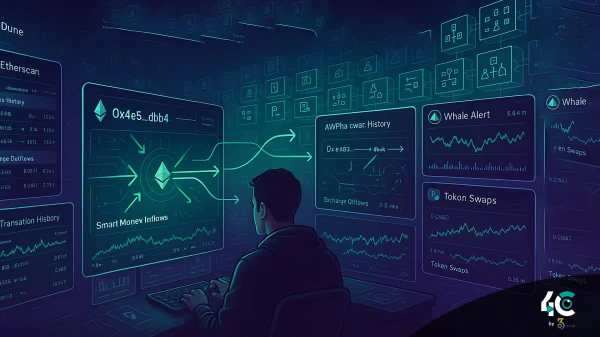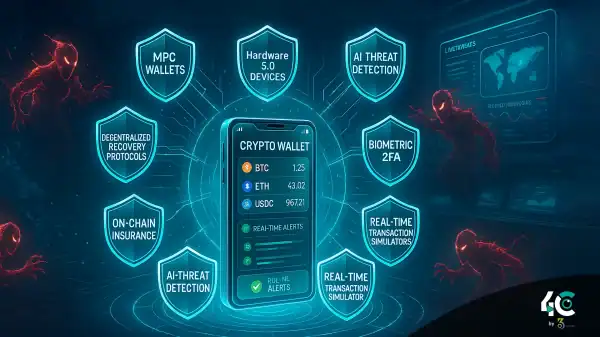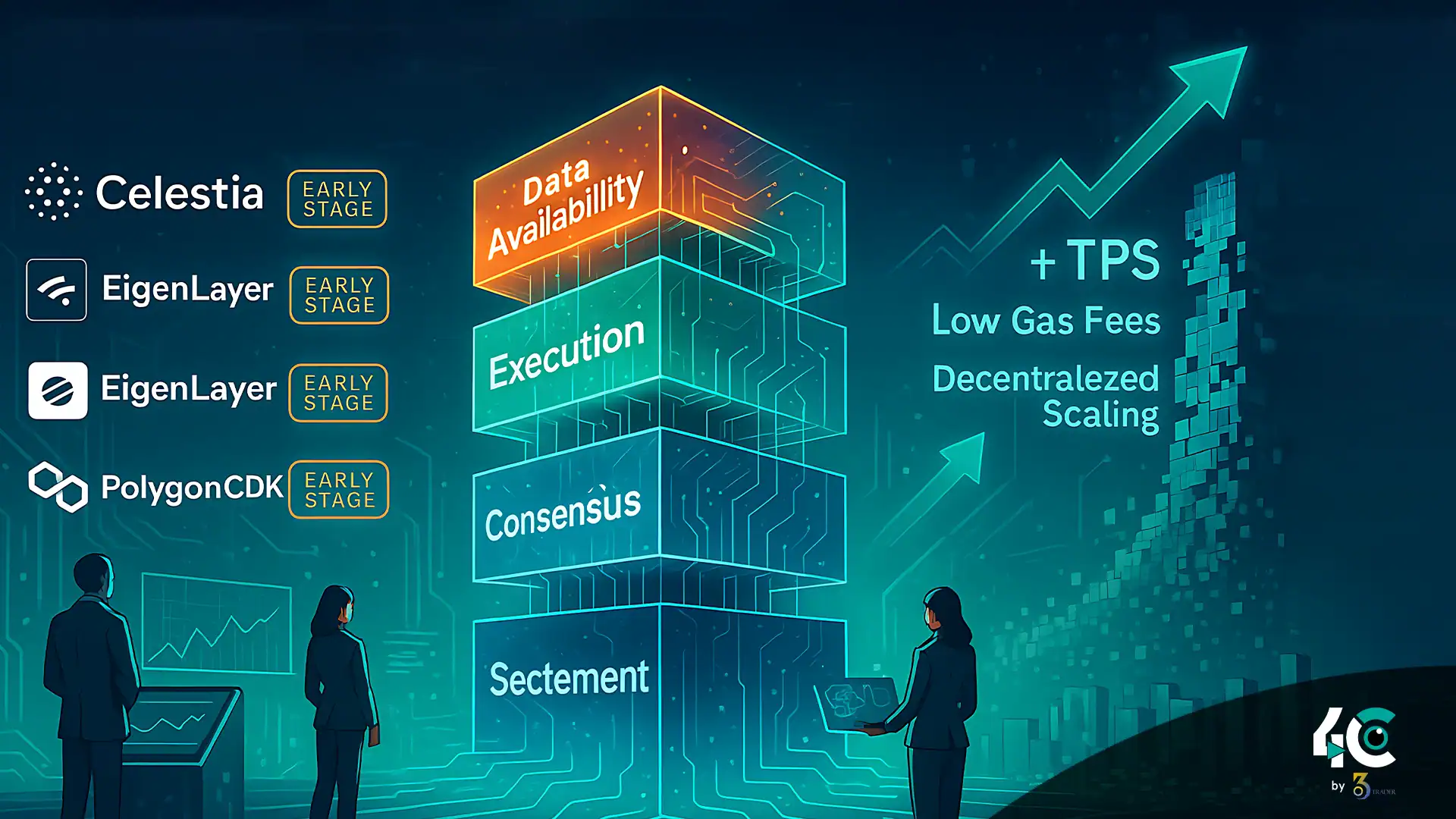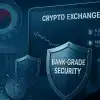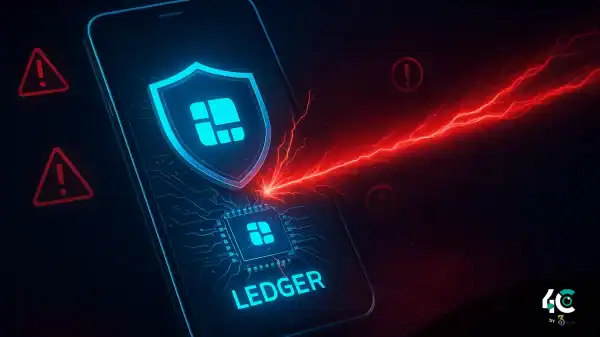Difference Between a Monolithic and Modular Blockchain
Monolithic (Old Model)
- Everything is done in one place (execution + consensus + data storage).
- Obstacles: Ethereum’s $100 gas fee, Solana’s outage.
- Difficult to upgrade: Ethereum’s multi-year scaling roadmap.
- Examples: Bitcoin, Ethereum (pre-Danksharding), Solana.
Modular (New Model)
- Layers built for a specific purpose (e.g., software stack).
- Cheaper, faster, more flexible.
- Rollups and appchains can easily link up.
How It Works
- Execution Layer (Smart Contracts) → Ethereum, Arbitrum
- Settlement Layer (Finality) → EigenLayer, Celestia
- Data Availability Layer → Avail, Celestia
- Consensus Layer (Security) → Ethereum, Bitcoin
Analogy
- Monolithic = A single smartphone (limited by hardware)
- Modular = A gaming PC (upgrade parts as needed)
Why Modular Blockchains Will Dominate
1. 100X Cheaper Transactions
- Celestia’s data availability (DA) reduces rollup costs greatly vs. Ethereum
- EigenLayer lets applications borrow Ethereum’s security without new token issuance
2. No More “Blockchain Trilemma”
- Modular chains avoid trade-offs in decentralization, scalability, or security
3. Custom Blockchains in Minutes
- With Dymension, launch an appchain in one click
4. The Next Wave of dApps
- Games, social media, and DeFi will run on modular rollups
Top 5 Modular Projects to Watch
| Project | Role | Stage | Token |
| Celestia (TIA) | Data Availability | Live (Leader) | $TIA |
| EigenLayer (EIGEN) | Shared Security | Live (Restaking) | $EIGEN |
| Avail | Ethereum DA Competitor | Testnet Airdrop Expected | — |
| Dymension (DYM) | Appchain Rollups | Live | $DYM |
| Fuel Network (FUEL) | Modular Execution | Testnet | TBA |
1. Celestia (TIA) — The Data Availability King
- Enables rollups to submit data at lower costs
- Adoption: Used by Arbitrum, Optimism, and Polygon
- Price Potential: Could reach $50+ if modular narrative peaks in 2025
2. EigenLayer (EIGEN) — Ethereum’s Security Marketplace
- Lets ETH stakers earn yield by securing other chains
- Adoption: Over $16B in ETH restaked
- Catalyst: Mainnet launch + EIGEN token drop
3. Avail — The Ethereum DA Challenger
- Polygon’s spin-off for cheaper DA
- Backed By: Coinbase & Dragonfly Capital
- How to Play: Use testnet for potential airdrop
4. Dymension (DYM) — Appchain Factory
- Launch modular rollups in minutes
- Outlook: 100+ rollups in 2024 → price target $15+ if appchains succeed
5. Fuel Network — The Fastest Execution Layer
- Parallelized VM powers ultra-fast modular chains
- Potential: Ideal for gaming/social appchains
- Watch For: Upcoming token launch
How to Invest in the Modular Revolution
1. Core Holdings (Safe Bets)
- TIA (Celestia) — leading DA
- $EIGEN (EigenLayer) — Ethereum’s security backbone
2. High-Upside Plays
- Dymension — viral potential if appchains succeed
- Avail Airdrop — free tokens for early users
3. Future Contenders
- Fuel token (upon launch)
- Cosmos SDK chains — modular-friendly architecture
Entry Strategy
- DCA under $20 (TIA) and $10 (DYM)
- Stake for 8–12% APY returns
Risks to Watch
- Ethereum scaling via Danksharding may reduce Celestia’s edge
- Too many rollups → UX fragmentation & liquidity issues
- ⚠ Regulation — SEC scrutiny on restaking?
The Bottom Line
Modular blockchains solve crypto’s biggest bottlenecks: cost, scalability, and design flexibility.
2025 Outlook
- Celestia & EigenLayer: Likely Top 20 cryptos
- Avail & Fuel: Potential 10X returns post-launch
- Monolithic Chains: Ethereum L1 & Solana may lose market share
If you’d like to make a smart move, accumulate $TIA, $EIGEN, and $DYM before the modular narrative goes mainstream.


